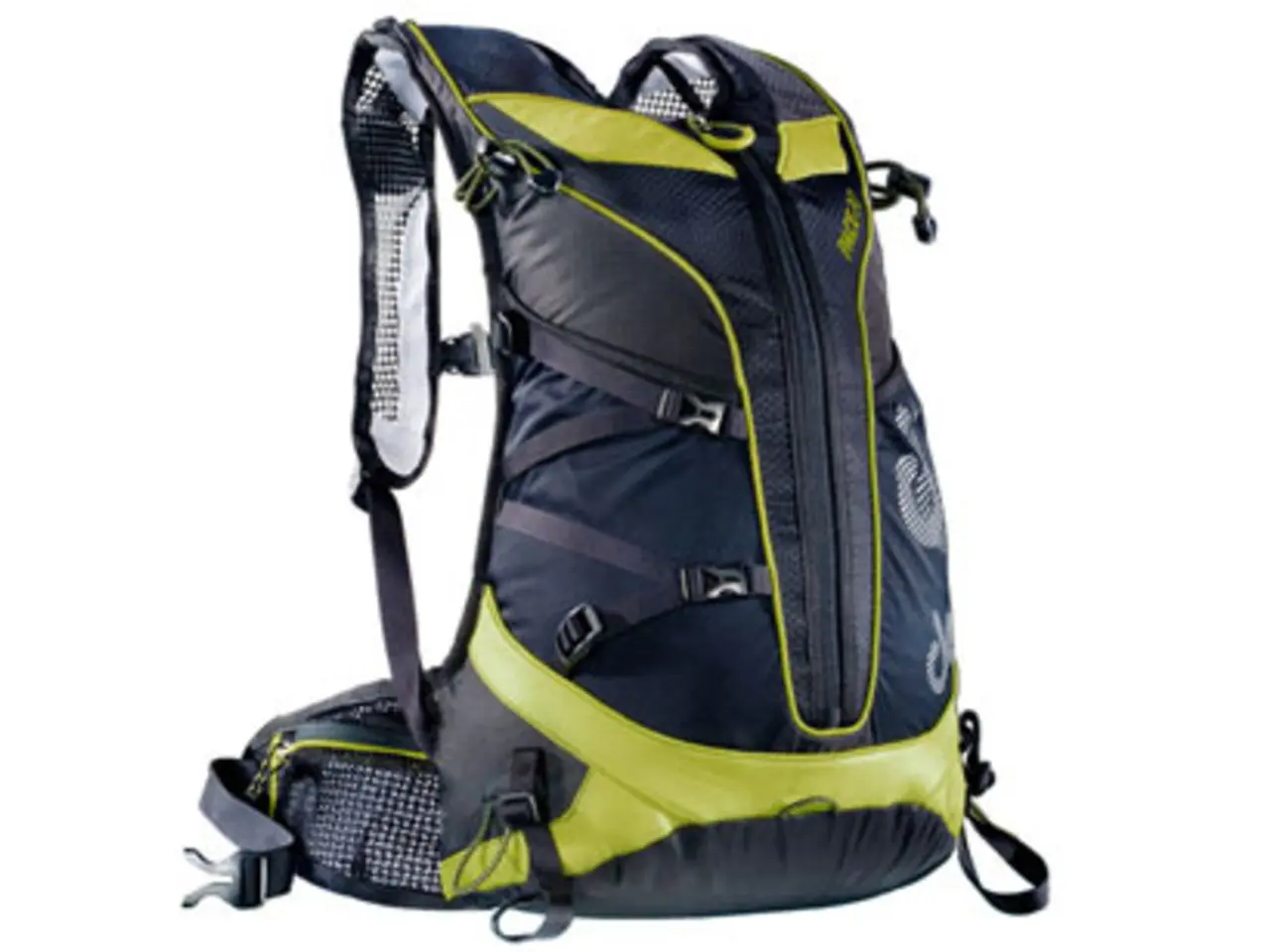Airports' security protocols are modified as TSA discontinues obligatory shoe removal at checkpoints.
The Transportation Security Administration (TSA) is contemplating a significant change to airport security procedures that would allow passengers to keep their shoes on during the general security screening process. This potential policy shift, which has already been implemented at several major U.S. airports, is based on advancements in screening technology that enhance detection capability without physical shoe removal.
The TSA statement issued on Monday does not confirm the nationwide implementation of the policy change yet. However, NBC News reports that it could expand nationwide soon. The exact timeline for this potential nationwide implementation remains unclear.
Since the shoe removal policy was introduced in 2006 following a shoe bomb attempt, it has been a staple security measure. Prior to this potential change, only passengers with TSA PreCheck were spared from having to remove their shoes at security.
From a security practice standpoint, this shift means that security protocols now rely more heavily on cutting-edge screening technology to detect threats even when passengers keep their shoes on. Additional screening still occurs if alarms are triggered by shoes or other items, preserving security layers but reducing unnecessary shoe removal. The operational focus shifts toward efficiency, hospitality, and reducing bottlenecks, reflecting a modernization of TSA processes.
For the security industry—comprising TSA, airport operators, and security technology vendors—this change likely drives increased adoption and reliance on advanced imaging and scanning equipment capable of detailed threat detection without physical shoe removal. Procedure updates and staff retraining will be necessary to handle the new screening flow and manage secondary screenings more efficiently. A potential redesign of checkpoint layouts to accommodate faster passenger throughput enabled by fewer shoe removal steps may also be considered.
The TSA change, if implemented nationwide, could make airport security screenings quicker and more efficient for travelers. This evolution in protocol could be seen as a smart adaptation or a potential vulnerability, depending on the perspective of the security professional. The growing confidence in layered defense systems may be reflected in this decision to potentially allow travelers to keep their shoes on during airport security checkpoints.
The TSA's potential policy relaxation reflects a balancing of traveler experience improvements with maintained security rigor, enabled by technological and procedural advancements that alter how security checkpoints operate across the industry. Media outlets such as CBS News and NBC News are among those reporting on this potential change.
It's important to note that the TSA has not formally confirmed the change, and the policy is not yet confirmed to be official policy across all airports in the United States. White House Press Secretary Karoline Leavitt's repost of a social media post linking to a story about the changes does not necessarily confirm the official policy change across all airports in the U.S.
A quick poll is available to gather opinions from security professionals about the significance of this potential TSA policy change. The rule requiring passengers to remove their shoes during security checkpoints was instituted in 2006 after a man failed to ignite a homemade shoe bomb during a 2001 flight from Paris to Miami.
[1] Mlive.com, distributed by Tribune Content Agency, LLC [2] CBS News [3] NBC News [4] Other media outlets reporting on the potential change in TSA security procedures.
- With the TSA's potential nationwide implementation of allowing passengers to keep their shoes on during security checks, travelers might experience quicker and more efficient airport security screenings, signifying a transformation in the lifestyle aspects of air travel.
- As the security industry prepares for the potential nationwide adoption of advanced imaging and scanning equipment, the focus shifts from physical shoe removal to procedural updates and staff retraining, signifying a travel industry change that could enhance detection capability without compromising security.




